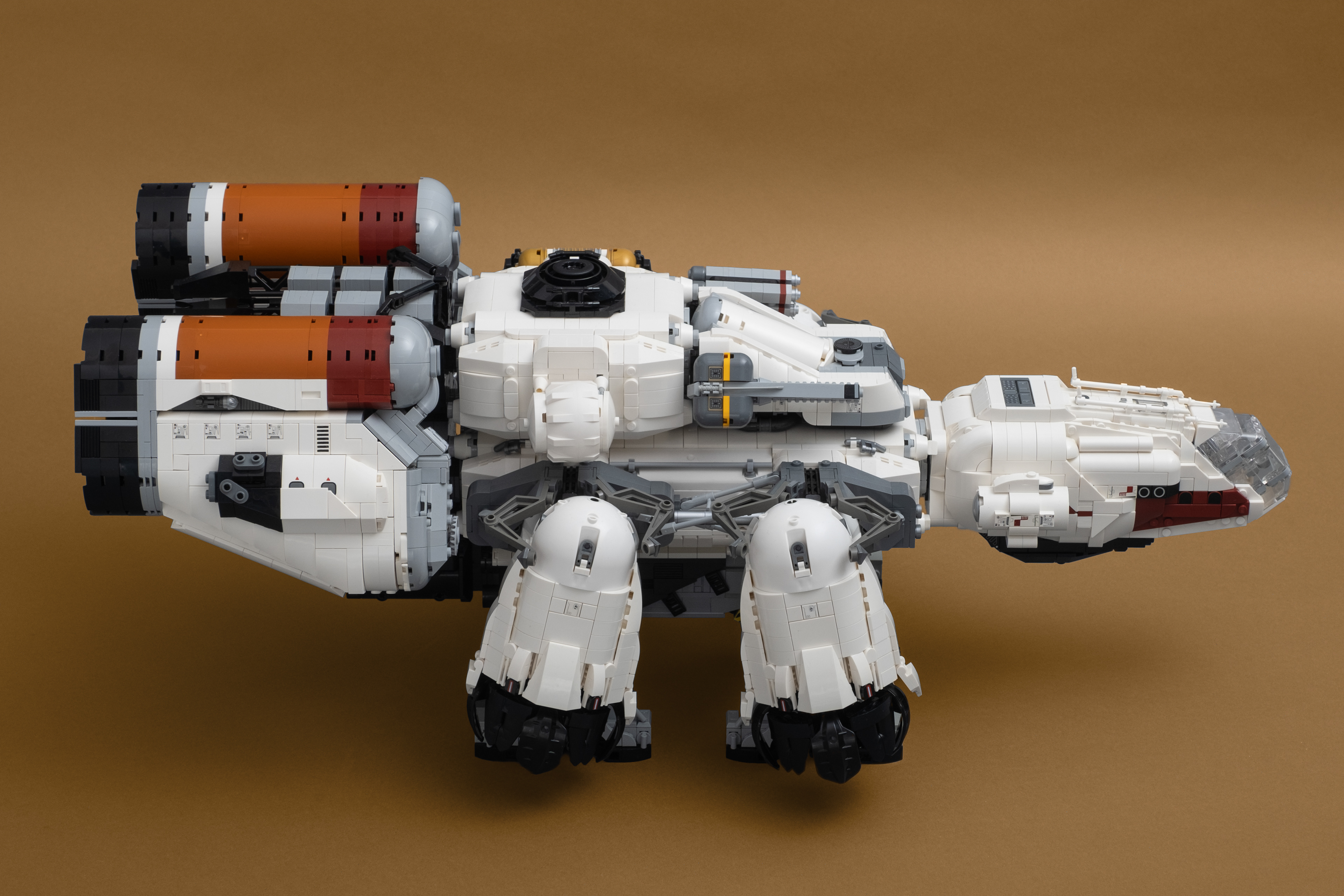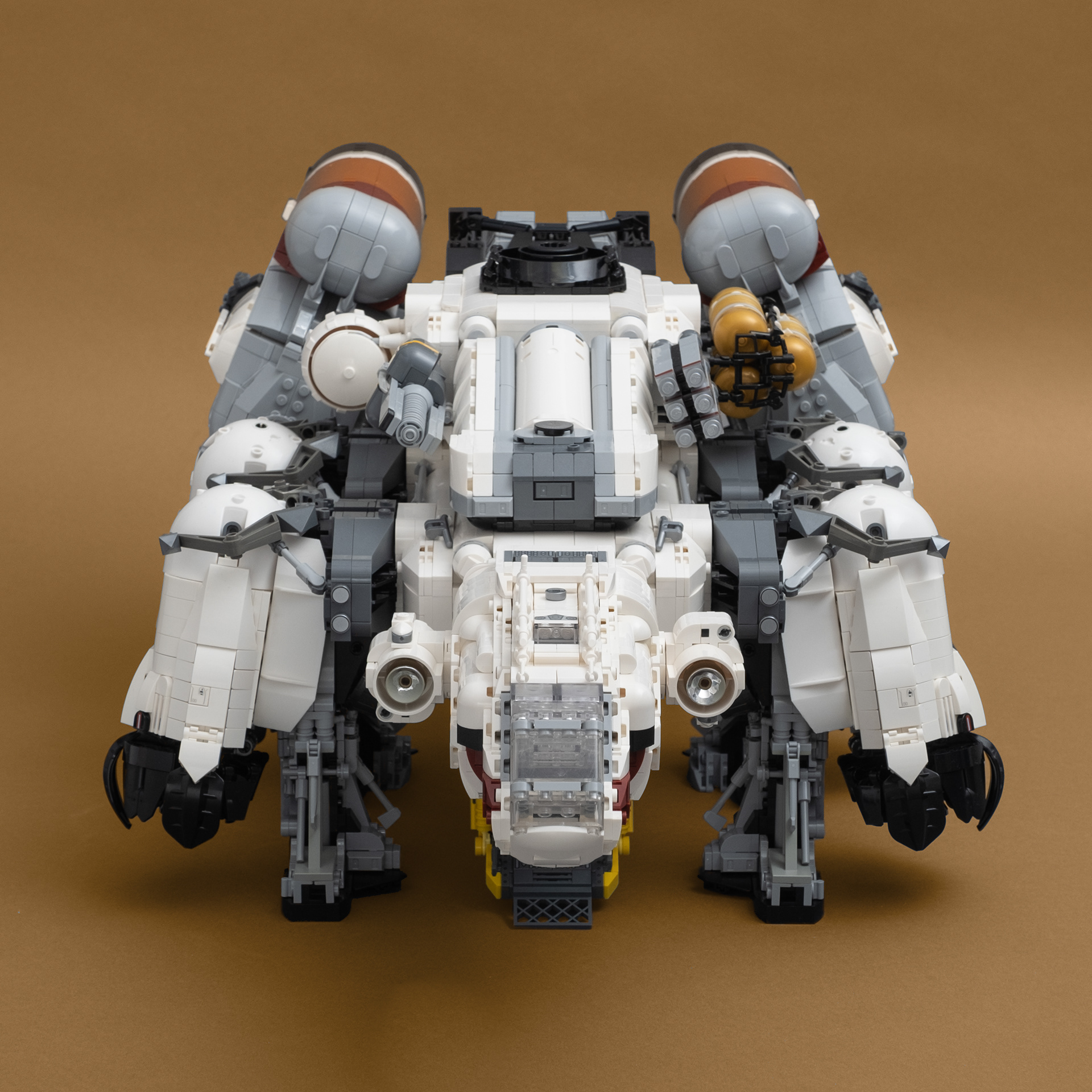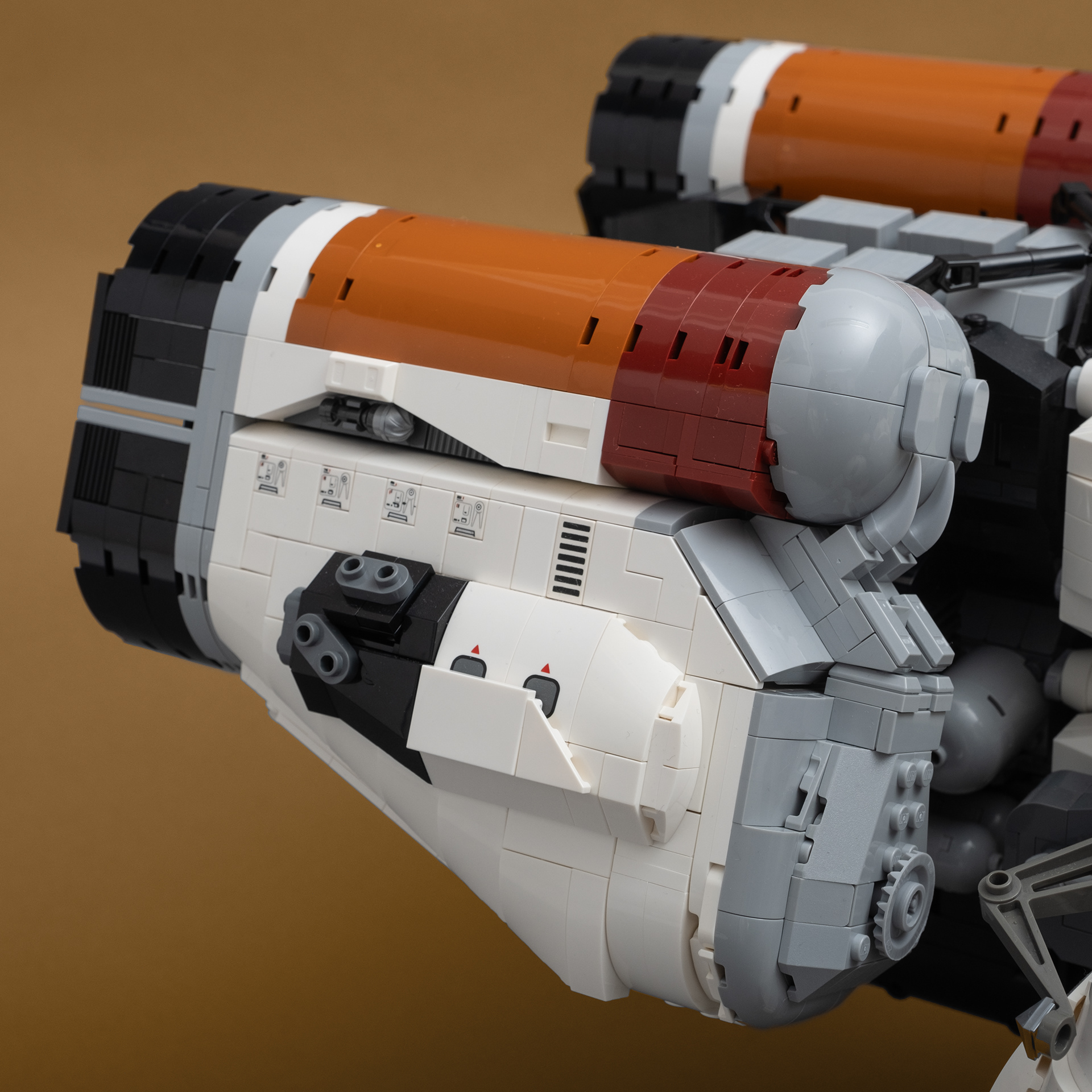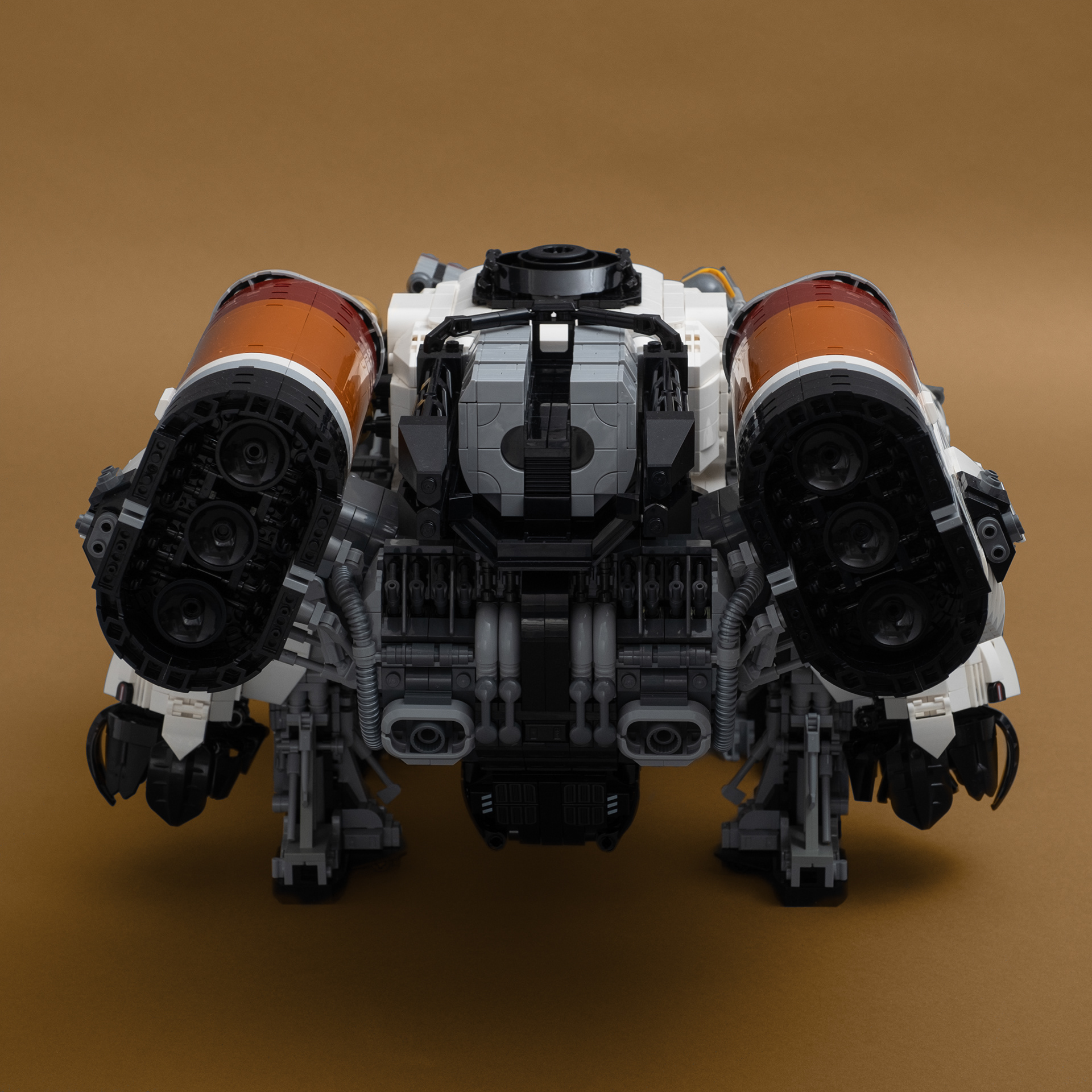On September 6th 2023 Bethesda Game Studios published Starfield their first new intellectual property in over 25 years. The studio which previously developed titles in The Elder Scrolls and Fallout franchises is well known for its own style of role-playing games. However, Starfield brings their formula into a whole new setting: Space.
I've played quite a bit of The Elder Scrolls games and, although I never played a Fallout game, I've always been a big fan of Bethesda's art-style. They consistently strike a great balance between realism and fiction, both in fantasy as well as science fiction settings. And Starfield is no different. In fact, it might be the most realistic looking out of all their games in terms of design.
Bethesda themselves refer to Starfield's art-direction as "NASA-punk", taking technology from today as a stepping stone and creating a world that feels like a continuation of the golden age of space exploration. Based on my previous work, you can probably guess that I am a huge fan of sci-fi vehicles that look grounded in reality, which is why I wanted to recreate something from Starfield as well.
And what better model to choose than the titular ship: The Frontier.





The Frontier is a Nova Galactic Discovery-class ship and the first space ship the player receives in the game. After joining the in-game organisation Constellation, the player can obtain many more ships which are all also fully customisable. Therefore, each player will likely design their own ships according to their preference, but since the Frontier is the starting ship and is featured heavily in the game's marketing material, I decided to faithfully recreate that particular design.
The aforementioned customisation tool however, is clearly visible in the Frontier's look. The cockpit, the main body, the upper deck, the landing gear and the main engines are visually distinct individual building blocks and could easily be re-arranged in a different manner. This made designing the ship with LEGO® bricks much easier, because I could recreate each of these building blocks one-by-one. But unlike it's in-game counterpart, the finished LEGO® model does not allow for these sections to be reconfigured since they needed to be firmly connected. Because the main engines make the ship extremely back-heavy, the model has a strong and fixed inner LEGO® Technic frame which securely connects the engines and back section with the main body, the landing gear and the cockpit.
When I started designing the Frontier, Starfield had not come out yet. I therefore took the Starfield Direct - Gameplay Deep Dive as my main source of inspiration. That video already shows the ship customiser as well as the official measurements of the Frontier which I used to recreate the ship close to Minifigure-scale. The finished model is 66cm long and 40cm wide which is slightly bigger than a 1:32 recreation should be. It consists of roughly 9000 LEGO® pieces, making it one of the larger models I designed.
I began the design process by creating the main body as well as the inner frame. The two main engines were one of the biggest challenge since their shape required a lot of SNOT-techniques while they also needed to be as light as possible. They are connected to the ship via LEGO® Technic pieces. Getting the scale of the engines right was particularly tricky. From the screenshots of the game alone it was difficult to judge how large they actually are. In some images and concept art they seemed quite gigantic, but they are actually much shorter than the main body and also shorter than the cockpit. At some point I decided to distance myself from the official measurements and instead tried to make the model's proportions look right on the finished model. I therefore rebuilt the Frontier multiple times, iteratively making the engines shorter, the cockpit longer and the main body wider.
After finishing the main body, the engines and the cockpit, I continued by designing the landing gear and the landing thrusters. It is here where my favourite part usages can be found. To recreate the curvature of the thrusters I used LEGO® dome pieces (Part-ID 57587). There is quite a complicated structure of beams around the thrusters. Thankfully there are LEGO® support legs (Part-ID 30211) which approximate that design quite well. They are available in dark grey (Colour-ID 10), which also serves as a good colour accent. Similarly, I used support stanchions (Part-ID 4476b) in light grey (Colour-ID 9) for the landing gear. Both of these colours look a little dirtier and more realistic than their bluish grey counterparts (Colour-ID 85 and 86), which is a perfect fit for this model. Other notable part uses include LEGO® Technic claws (Part-ID 19540) in black (Colour-ID 11) used at the tip and LEGO® Technic spoilers (Part-ID 61073) on the inner side of the thrusters.
The Frontier is kept mostly in white (Colour-ID 1), so it was important to add as many of the decorative elements as possible so that the LEGO® model would not look too bland. Apart from the colour accents in dark red (Colour-ID 59) and dark orange (Colour-ID 68) at the cockpit and main engines, I also used numerous original LEGO® printed pieces to add further detail. There are also multiple instances of Minifigure accessory parts used, such as axes (Part-ID 3835) for the landing gear, lipsticks (Part-ID 93094pb02) and ski poles (Part-ID 90540) for the bars at the cockpit and helmet antennas (Part-ID 61190d) for the railing on the ramp.
Finally, a recreation of the frontier would not be complete without including the player character, the Spacefarer, as well as the robot VASCO. He is a Lunar Robotics Model A robot and one of the many characters that can serve as your companions in the game. Even before Starfield was released, VASCO became a fan-favourite so I tried my best to recreate him as accurately as possible, which was quite a challenge given the small size of the Minifigure-scale. I ended up using a Minifigure hand armor (Part-ID 15407) and a printed tile (Part-ID 24246pb047) to build his head and used candles (Part-ID 37762) for his long arms. Together the two figures perfectly complement the Frontier and round off this project.



